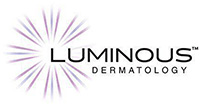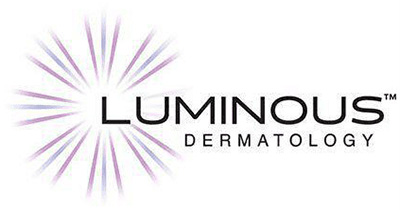Injectable Fillers Q&A
What are injectable fillers?
Injectable fillers (sometimes called dermal or cosmetic fillers) are solutions injected into the skin to reduce the appearance of lines and wrinkles and to plump up areas of the face, including the cheeks and lips, where volume has been lost due to aging. Fillers can also be used to reduce the appearance of acne scars and other scars. Many fillers also stimulate the production of natural collagen to help skin feel and look firmer and more resilient.
What happens during treatment?
Prior to treatment, the doctor will assess the patient’s objectives and their facial anatomy and aesthetics to determine the best choice of filler as well as the optimal sites for injections. The injection sites will be carefully cleansed and an anesthetic can be applied to minimize discomfort, depending upon the area being treated. Multiple injection sites are used to treat larger areas to ensure the material disperses for a consistent, natural-looking result. Following injections, there may be some mild redness or swelling in the injection sites, but these issues will quickly resolve. Cool compresses can be used to reduce temporary discomfort and swelling.
What kinds of fillers does your practice offer?
We offer a range of the most advanced, most effective cosmetic fillers to address wrinkling, loss of volume and other issues throughout the face, including:
- Belotero™
- Juvederm™
- Radiese™
- Restylane™
- Sculptra™
Because different fillers can be more effective treating different issues and different areas of the face, the choice of filler will be determined following an evaluation of the facial anatomy and a careful review of the patient’s specific concerns and treatment objectives.
Can cosmetic fillers be used in combination with BOTOX®?
Yes; in fact, many women and men opt to have both fillers and BOTOX® to treat wrinkles and other issues in all areas of the face so they can enjoy the benefits of a “mini facelift” without surgery.
How long do the results of fillers last?
That depends on the type of filler that’s used, the issue that’s being treated and where the fillers are being injected. Most fillers last from a year or more, and “touch-up” treatments can help results last much longer.


